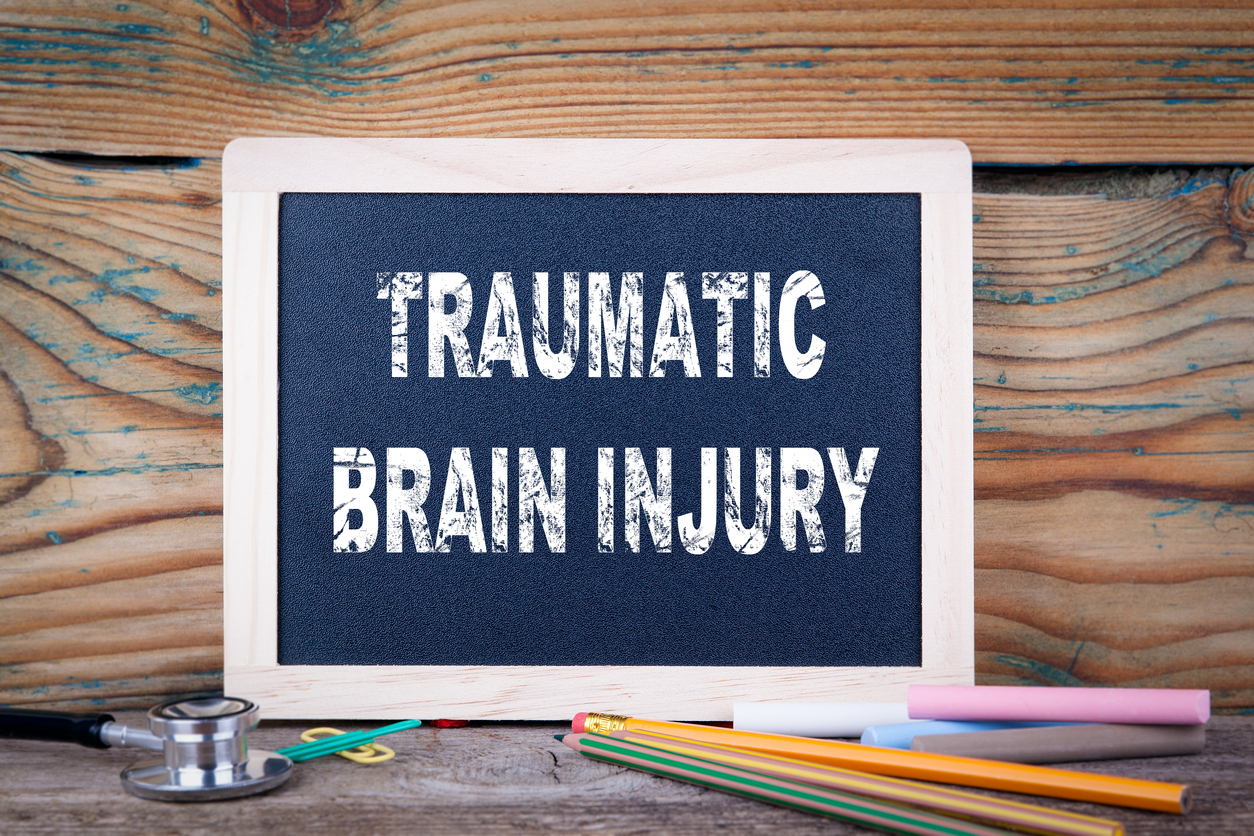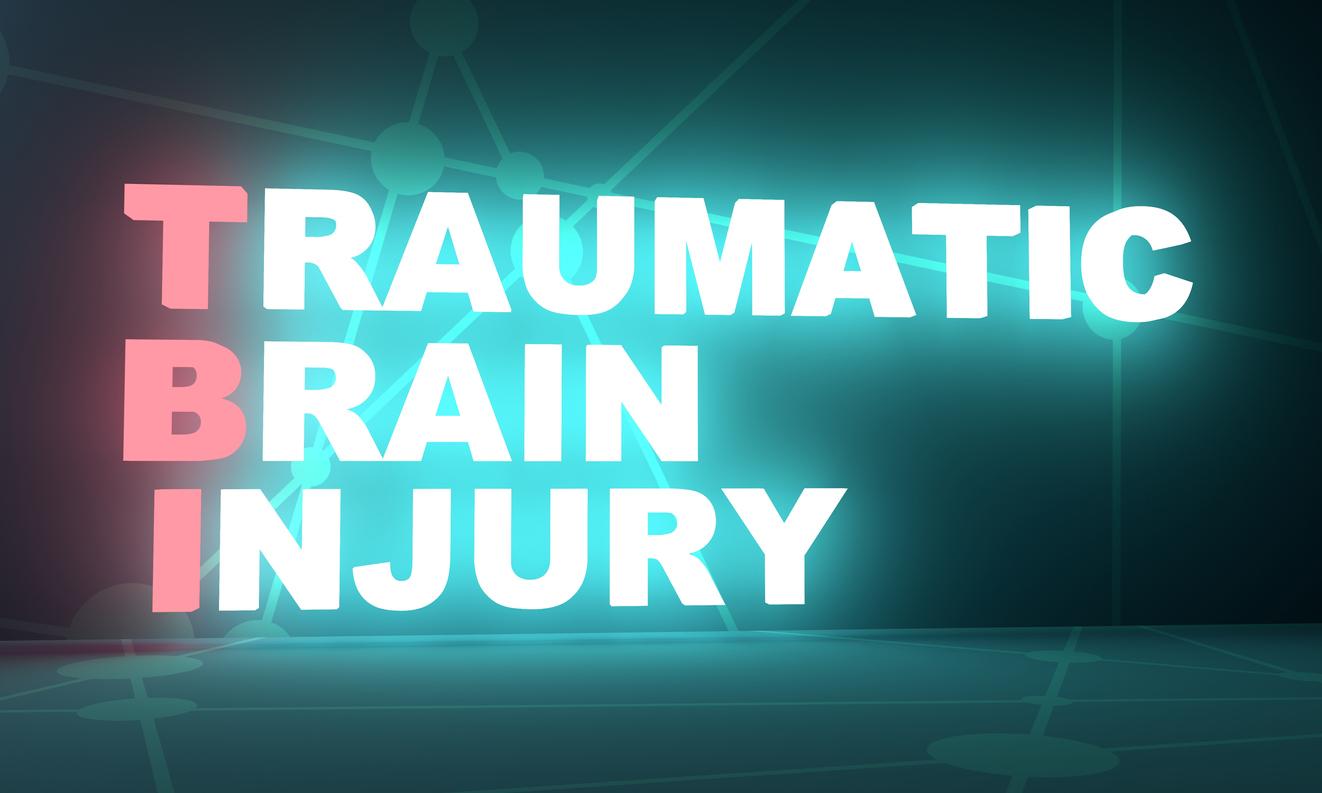Pain
Types of Traumatic Brain Injury

What is a traumatic brain injury?
A traumatic brain injury (TBI) is a type of brain damage that occurs as a result of an injury to the head. This type of injury may be non-penetrative, such as a blow to the head, or penetrative, such as a gunshot wound. The severity of a TBI depends on various factors, and the lasting effects can range from a few days to permanent brain damage or, in severe cases, death. A concussion is the most common type of traumatic brain injury.
Types of traumatic brain injury
A TBI can affect one area of the brain or a widespread area. There are various types of traumatic brain injuries that can result in short-term problems or severe issues. Types include closed brain injury, penetrating, diffuse axonal, primary, secondary, and non-traumatic brain injuries.
Closed brain injury
Also called a blunt or non-penetrating TBI, a closed brain injury involves a blunt force trauma that moves the brain within the skull. This often results in the brain hitting the skull. A closed brain injury may result from a vehicle collision, sport injury, fall, or being struck on the head.
Penetrating brain injury
A penetrating brain injury, or open TBI, occurs when an object, such as a bullet, knife, shrapnel, or bone fragment, enters the brain tissue. Typically, these types of TBI only damage certain areas of the brain.
Diffuse axonal injury
Diffuse axonal injury (DAI) occurs when the brain shifts as a result of an injury. This causes the brain’s axons (connective nerve fibers) to tear, which normally results in damage to multiple parts of the brain and possibly a coma. This kind of injury may not be visible on a CT or MRI scan due to its microscopic nature.
Primary brain injury
When a brain injury is sudden and considered to be essentially complete at the time of impact, a primary brain injury is determined. This type of brain injury occurs the moment an accident, wound, fall, etc., happens.
Secondary brain injury
Rather than being complete at the time of impact, a secondary brain injury evolves over a period of hours or days following the injury. Over time, many changes occur to the cells, chemicals, tissues, and blood vessels that further contribute to brain damage.
Nontraumatic brain injury
Also referred to as a hypoxic or anoxic brain injury, a nontraumatic brain injury is not caused by trauma. These types of brain injury typically result from events that deprive the brain of oxygen, such as strokes, seizures, choking, near-fatal drowning, etc.



















